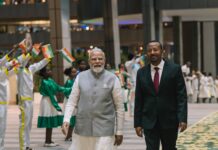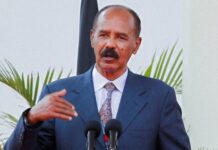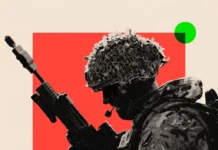Source: The Sentry
By Eric A. FriedmanSuad Abdel aziz and John Prendergast
Mr. Friedman is a global health justice scholar at the Georgetown University Law Center. Ms. Abdel aziz is the founder of the advocacy organization Decolonize Sudan. Mr. Prendergast is a founder of the Sentry, an investigative and policy organization.
A Sudanese journalist, Muammar Ibrahim, stayed behind to document atrocities while thousands fled a genocidal blood bath in El Fasher, the capital of North Darfur in Sudan. He was abducted and remains detained. Mohammed Elmakki, an engineering professor beloved for his service to his community, sent his family to safety and stayed behind in El Fasher to tend to his elderly grandfather. When he tried to escape the Rapid Support Forces militants, his brother told us, they caught him in a nearby town and executed him.
These are two stories among the hundreds of accounts of people risking, and often losing, their lives to help others survive amid the rapidly spiraling violence in Sudan. Two and a half years since fighting erupted between the Sudanese military (also called the Sudanese Armed Forces) and the Rapid Support Forces paramilitary, as many as 400,000 are believed to be dead by some accounts — bombed, murdered, starved.
And now what appears to be the most catastrophic phase of this war is occurring in El Fasher, which has “descended into an even darker hell,” in the words of the U.N. humanitarian affairs coordinator Tom Fletcher.
The militia’s campaign of annihilation has closed in on hundreds of thousands of people trapped in the region, risking the further expansion of one of the greatest mass killings of this century.
When the militia seized El Fasher from the Sudanese Armed Forces last week, it immediately began committing mass executions: massacring hundreds of people at the last functioning hospital, burning people alive, forcing men to dig pits in which they were buried alive, going house to house and shooting those they found, executing people with disabilities unable to flee.
The accounts of terror come from eyewitness survivors, aid groups, satellite imagery and the fighters themselves, who are filming their own atrocities and posting the videos. Much of the work of documenting the carnage has been done by the Yale Humanitarian Research Lab, which analyzes open-source satellite imagery and other data to provide real-time assessments.







